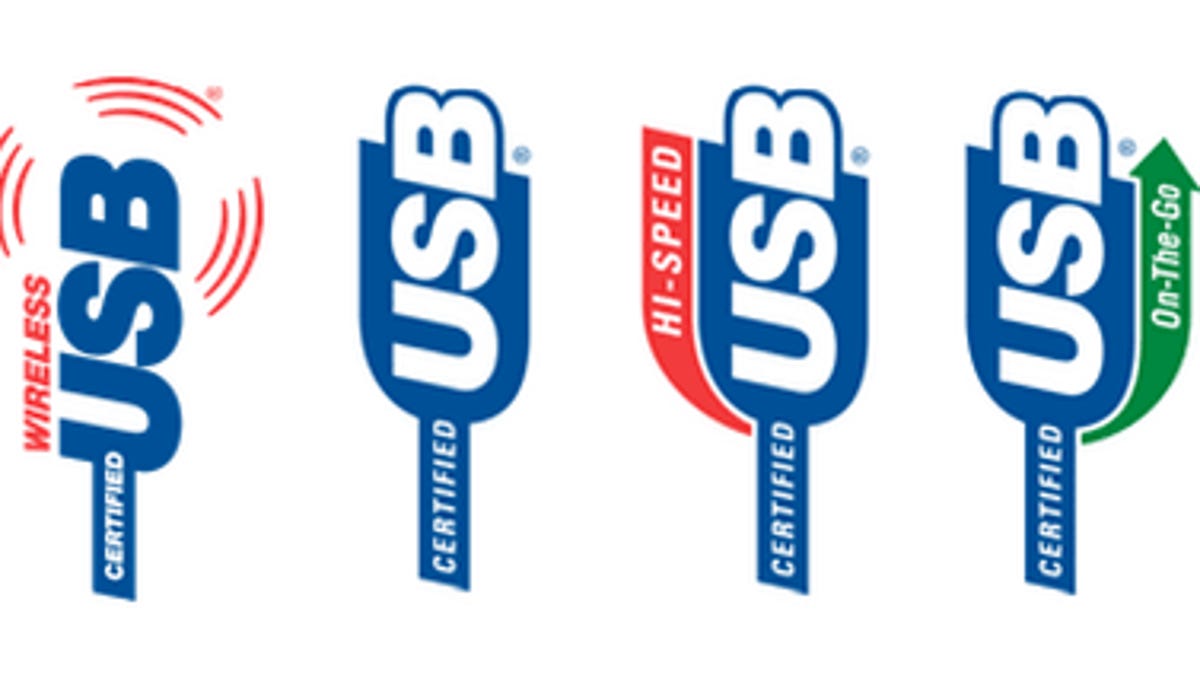If at first you don't succeed, try the new wireless USB
A standards group is trying a second time to popularize a wireless version of the successful data-transfer technology.

The computing industry wants to make it easier to back up your data and sync your smartphone without having to rely on an actual cable.
Specifically, the standards body behind the USB standard is trying a second time to introduce a wireless variation of the connection technology to devices like PCs, phones, and cameras.
USB has been wildly successful, spreading from every computer, printer, and digital camera to mobile phones, TVs, cars, and programmable Lego controllers. In contrast, a standard called Wireless USB that hit the market in 2007 was wildly unsuccessful.
Now the USB Implementers Forum is trying again with Media Agnostic USB (MA-USB). It uses the USB protocol, which governs how devices connect and transfer data, but runs it atop a range of wireless communication technologies and radio frequencies.
That includes Wi-Fi at 2.4GHz and 5GHz, WiGig at 60GHz (a technology arriving as 802.11ad Wi-Fi), WiMedia UWB (ultrawideband) between 3.1GHz and 10.6GHz, and anything else that comes along, the group said Tuesday. The USB technology borrowed the WiGig Serial Extension (WSE) specification for data-transfer duties.
The first Wireless USB approach used ultrawideband only -- and that technology never caught on widely. In contrast, the broader wireless approach should help the new version.
"MA-USB is designed to allow the USB protocol to operate over a variety of different media types, whereas Wireless USB was designed to operate only over WiMedia UWB," the standards group said.
It's designed to connect things like external hard drives, phones, tablets, cameras, and PCs, the group said. As long as a device supports Wi-Fi, MA-USB should work as long as the operating system is updated with a driver. That means that although your phone doesn't support it today, it could in the future with a software update, since no new hardware is required.
Don't expect to throw away all your Universal Serial Bus cables, though. The standards group is working on a USB power delivery technology that could let people charge their phones and tablets faster and possibly even get rid of laptop power cables, too.
And the USB-IF is working to sweep away USB cable confusion with a single cable that will work for mobile and larger devices. You'll be able to plug it into the jack either side up, unlike current USB cables, and will be reversible end-to-end, too, so you don't need to worry about matching ports at both sides.
Updated at 2:06 p.m. PT with more detail about what's required to enable MA-USB.

